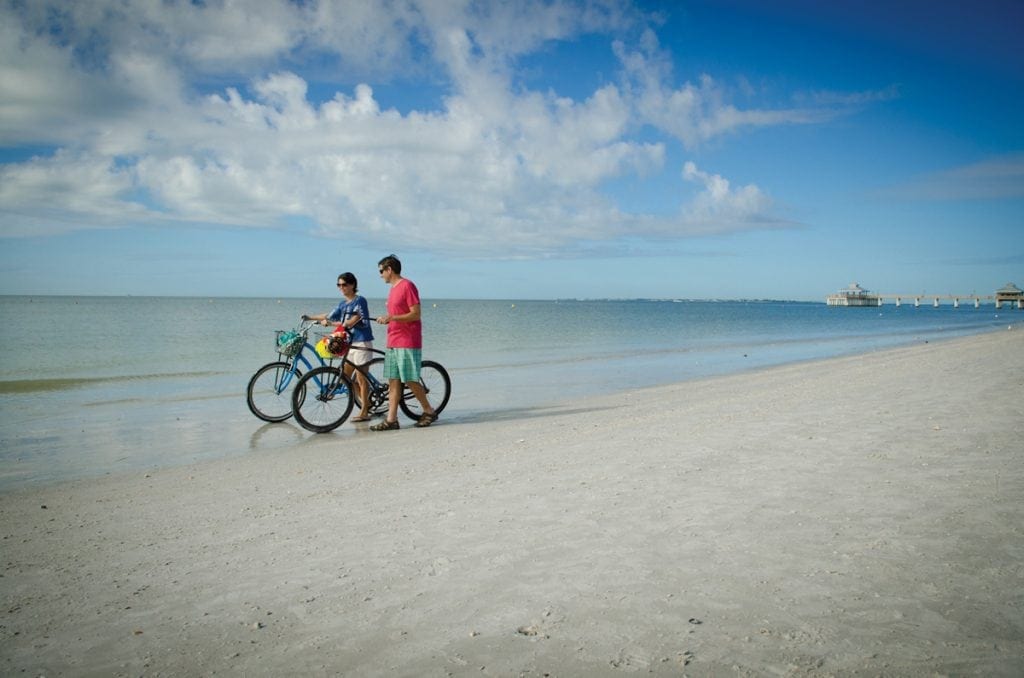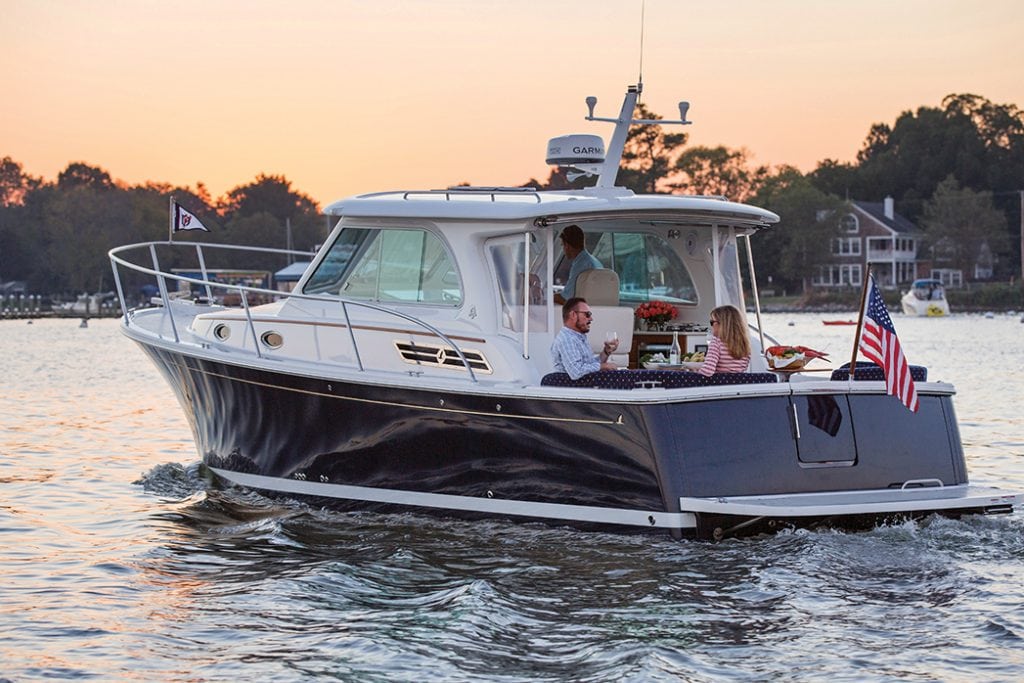What does the future hold for marine batteries?
A recent analysis by Future Market Insights forecasts that the global electric boat market is projected to grow by 11 percent. And that its value will more than double by the end of 2028. It’s estimated that pure electric boats to hold 85 percent of the market. That says a lot about the future of marine batteries.
Batteries have come a long way since Prussian inventor Moritz Hermann von Jacobi developed a useable rotating electric motor in 1834 and installed an improved version of it on a 28-foot paddle boat in 1838. The batteries used in the boat had 320 pairs of zinc plates, weighed more than 396 pounds and powered the 14-passenger boat about 1.5 miles per hour. Today, a typical marine starting battery weighs around 37 pounds.
Battery technology has advanced so much so that Panasonic Corporation has developed a pin-shaped lithium-ion battery with a .13-inch diameter and a weight of 0.02 ounces, and Sandia National Laboratories created one that is finer than a human hair. Florida International University recently secured a patent for magnetic battery technology that can recharge in a fraction of a second. Battery technology is moving forward fast.
The Norway Way
The environmentally-friendly push to go green has been a driving force in the development of hybrid, 100-percent electric and solar propulsion systems. These systems reduce emissions, optimize fuel consumption, lower noise, and vibration levels. They are lighter, take up less space, and reduce maintenance costs. The Norwegian Parliament is taking a tough stand on emissions by implementing a zero-emission zone within its fjords by 2026 when all cruise ships and ferries must be electric.
Siemens built Norway’s first all-electric ferry that has two electric motors with an output of 450 kWh through lithium-ion batteries. The 262-foot ferry is built from light aluminum. This reduced its weight by half and doubled the hull’s lifetime compared to conventional steel hulls. Steel hulls are necessary when the batteries weigh 10 tons. An all-electric catamaran built of carbon fiber was recently delivered to a Norwegian company. The catamaran has a 1,800-kWh lithium-ion battery pack and two 450-kW electric motors that can drive the 138-foot, 400-passenger ferry 16 knots for 30 nautical miles. A custom dock is in production with a 2.4 MWh battery pack that will recharge the boat in 20 minutes. Battery technology is becoming more versatile.
The Future is Electric
“Lithium-ion is the future,” says Jamie Campbell of West Marine. They store more energy, maintain a higher current. Plus, they don’t lose their charging capacity compared to other batteries, and they provide more cycles than lead-based batteries. However, they’re very expensive. Most boaters have heard of the brand Torqeedo or Elco and their electric outboard and inboard motors. Elco outboards require four 12-volt lead-acid AGM batteries to run the 48-volt system or only one lithium battery.
Torqeedo won West Marine’s “Most Environmentally Friendly Product” award in 2011 with a 3-hp equivalent electric motor and now offers 32 electric boat drives ranging from 1 to 80 horsepower along with lithium batteries engineered to match each system. If you’re making a move to all electric, Torqeedo has developed a lithium-nickel-cobalt-manganese battery for their 20-hp outboard that weighs up to 70 percent less than an AGM battery, has a waterproof housing with IP67 plug connection and communicates with the drive’s onboard computer; however, it can be used with other electric drives as long as power requirements are within the battery’s specifications (not as a starter battery). For boats with a direct drive inboard system, Torqeedo has developed BMW’s i3 (and now i8) automotive lithium-ion battery system for use in their fully-integrated, 80-hp Deep Blue inboard drive system.
Mastervolt recently designed the MLI-E Series, the first being the MLI-E 12/1200 battery. Using a lithium-ion phosphate chemistry, the 12-volt battery, “is the most stable available and is not prone to self-ignition,” says Rufus van Gruisen, president of Cay Electronics. With 1,200 watt-hours of energy, the battery is designed to replace most existing lead-acid batteries to power small electric motors for propulsion.
What’s Ahead
“Looking further ahead, the marine industry will benefit from research into developing solid-state batteries, currently underway by some automotive manufacturers including BMW and Toyota,” says van Gruisen. “Solid state batteries will use both solid electrodes and solid electrolytes and have a greater energy density than achieved with lithium polymer technology; however, lithium batteries will continue to be the cutting edge for now.”
By Steve Davis, Southern Boating September 2018
Photos: Wikimedia Julius Dub/ Mastervolt














